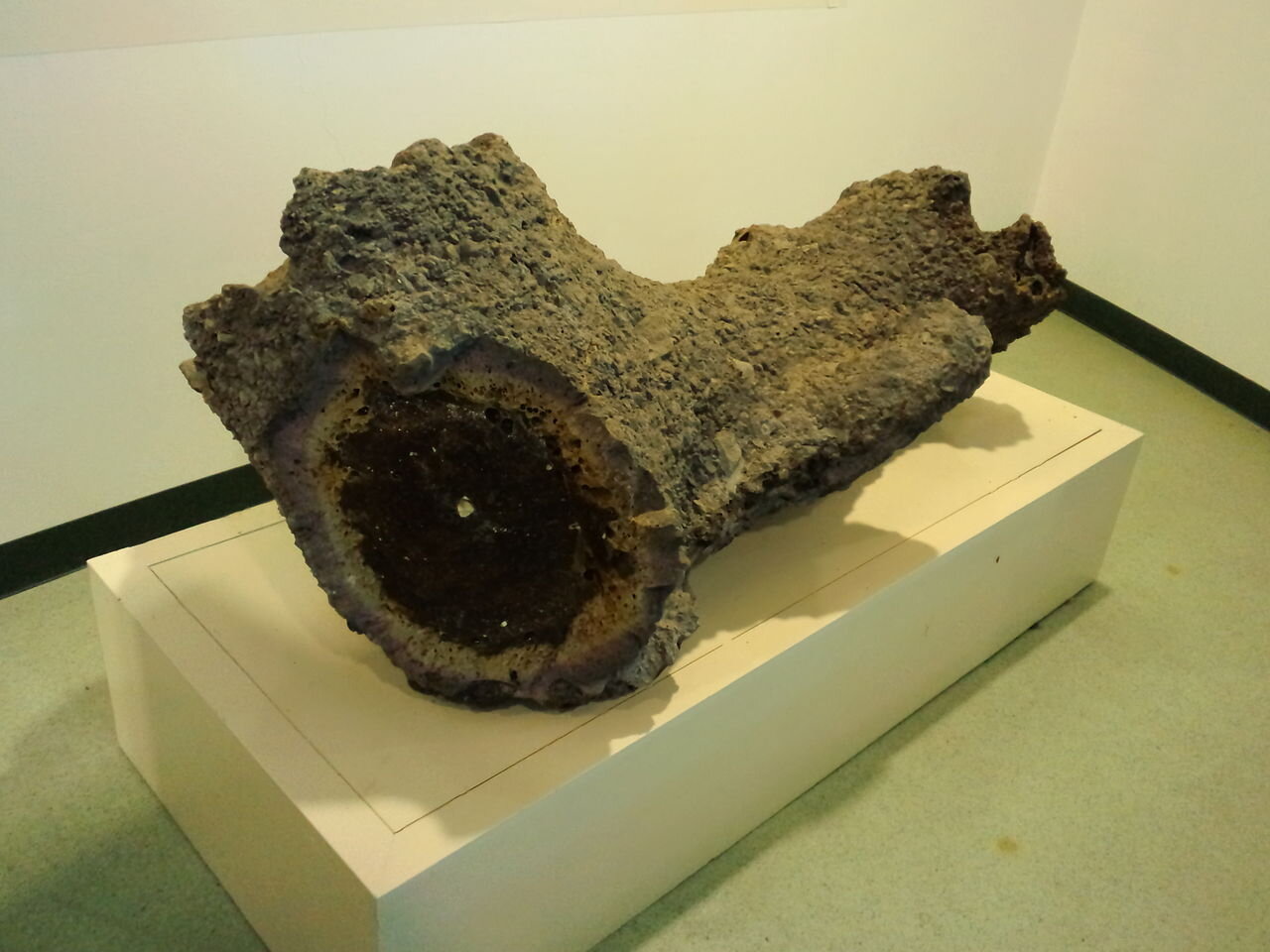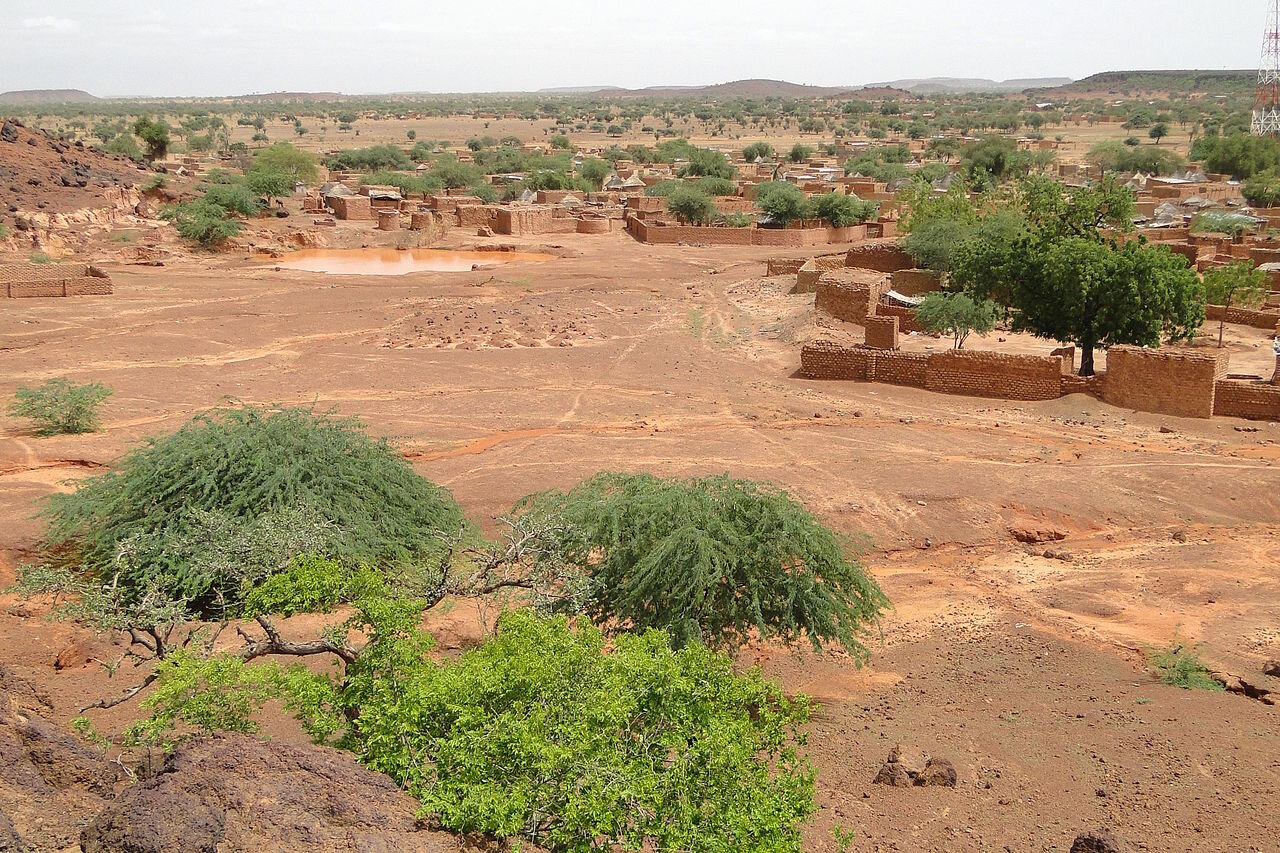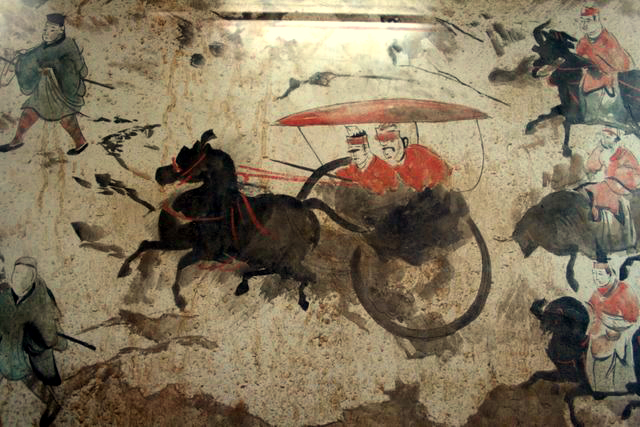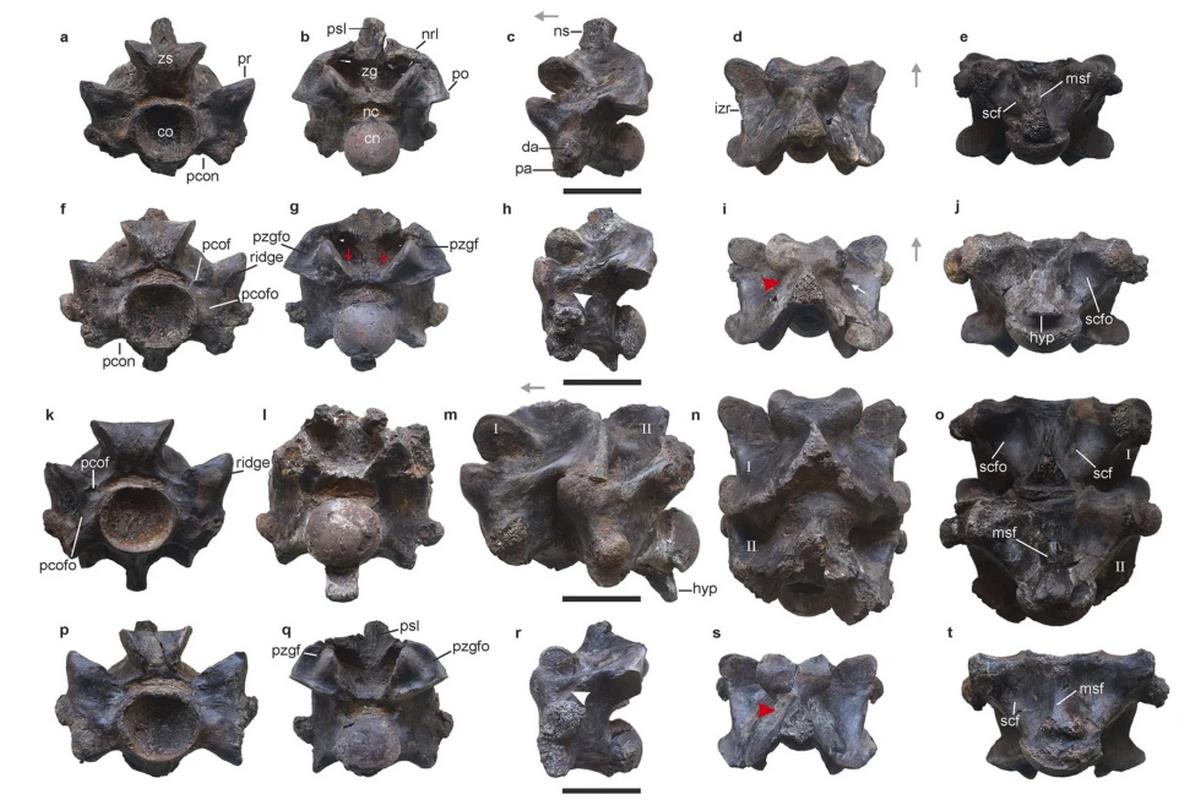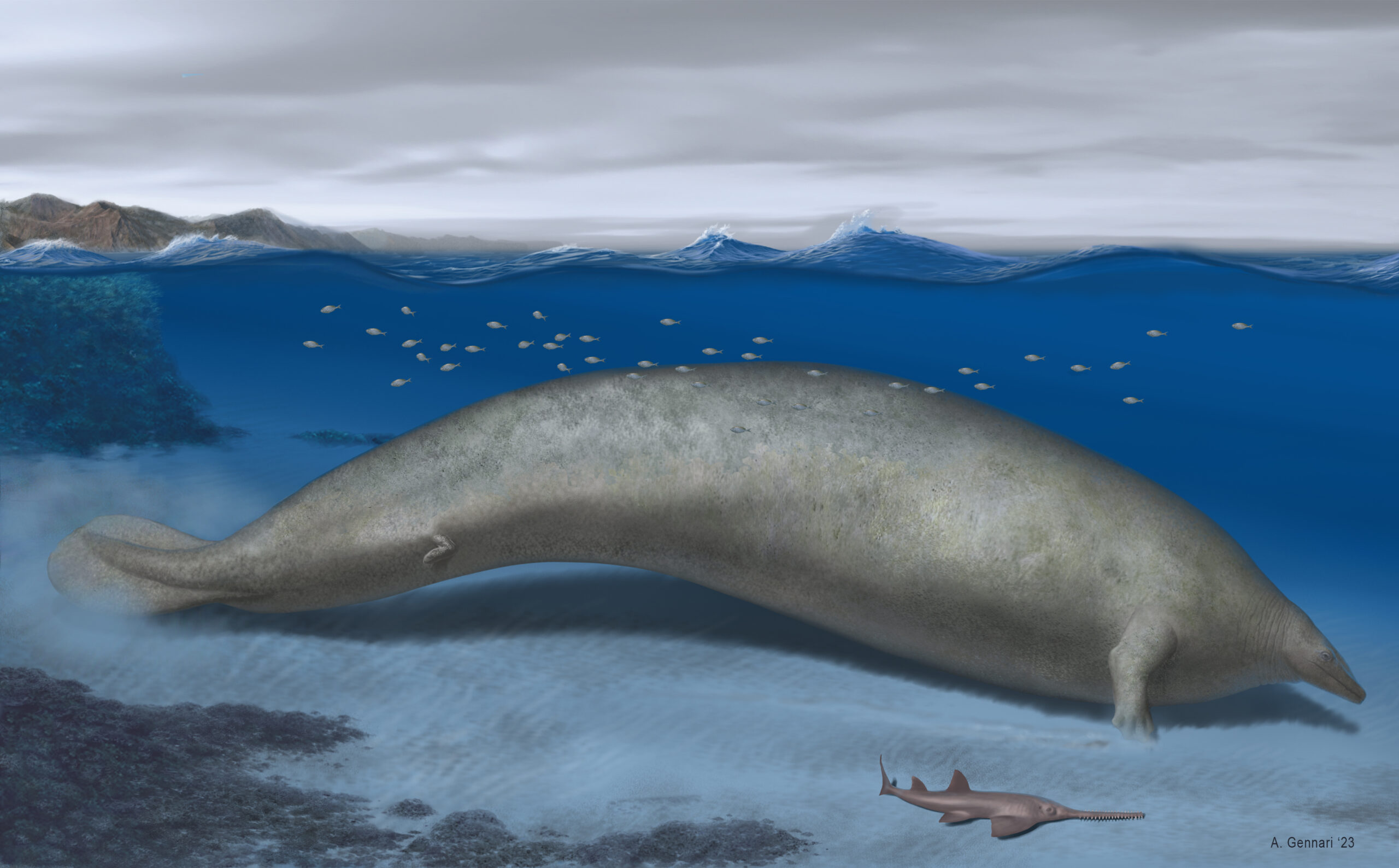PICTURED: Japan’s first and largest fulgurite, or fossilized lighting strike exhibited at the Iwamizawa Folk Science Museum. Photo credit: SelEle-MS. CC 3.0.
In the same way that a fossilized bone is actually minerals forming an imprint of its shape in soft material, “fulgurites” are essentially fossilized lighting bolts, in that sand forms a glassy imprint of the bolt as it entered the ground.
The imprint is caused by the immense violence of the lighting strike, as incredibly hot temperatures turn loose quartz sand or other material into a tubular glass scar a few inches deep and a few millimeters thick.
Named after the Latin word for lighting “fulgur,” scientists use these exquisite finds to glean insight into past weather patterns. They are particularly useful in areas that are dry and which don’t receive much rainfall as it allows scientists to measure when rainfall last occurred; which could be years or decades past, but also in previous millennia.
In the past, geologists would measure the amount of moisture present in natural glasses such as volcanic obsidian, as the material soaks it up over time after leaving the bosom of the earth.
While they are both glasses, obsidian absorbs moisture while it is being created through volcanic processes, meaning that there is no definitive way to date the moment a piece of obsidian was created using this method.
PICTURED: A sample of sand fulgurite found in the Libyan desert. Photo credit: Rama. CC 2.0. France.
On the other hand, as Castro et al. discovered through heating rock with an arc welder, they were able to get rock closer to the temperature induced through a lighting strike. They found that the 10,000°C temperatures obliterated any presence of moisture in the material, thereby immediately setting off a geological stopwatch as the progressive moisturization that occurs allows scientists to then measure and determine the precise moment the lighting struck.
“Our study of volcanic fulgurites illustrates the potential to use their hydration signatures to date paleoweather events at decadal to centuries scale,” explain the authors of a new study published in Earth and Planetary Science Letters.
“Because the lightning strike is in and of itself so effective at devolatilizing melts in an instant, the resultant fulgurites are a unique earth material that record individual weather events (i.e., a thunderstorm), and also longer-term paleoweather [systems]”.
PICTURED: A view over the town of Bani, Burkina Faso, in the region of the Sahel, just south of the Sahara Desert. Photo credit: Adam Jones. Ph.D. CC 3.0.
Rain in the desert
In Northern Africa’s Sahara Desert, one should not count on rain, much less lightning, as the majority of the Sahara receives less than 20 millimeters of rain a year; not even an inch for Imperial readers.
Here, fulgurites are studied in excess, with different geologists focusing on different aspects of their unique, record-setting nature.
The Sahara changes from hot arid desert to tropical savannah along the count of precession, the tiling of the Earth on its axis over time as it orbits the sun. The next period when the Sahara could receive regular rainfall and thunder will be 17,000 CE, and the last time it would have looked like the Sahel, the savannah land which belts the Sahara’s southern edge, would be back about 5,000 to 6,000 years ago.
One study of a fulgurite found in the Libyan Sahara indicated soil moisture consistent with the amount found in the Sahel, and the sample was determined to be about 15,000 years old. The authors suggest the semi-arid Sahel could have reached the Mediterranean during this period of the Pleistocene.
Thousands of kilometers away, this process was repeated, when evidence of paleo-lake sediments were identified in southern Niger by the presence of a high-number of these fulgurites up to 5 inches (30 cm) long. The mineral composition of the melted material also suggests a semi-arid landscape, as it would have had to have been to accommodate some static body of water.
Castro et al. note that the water composition analysis of fulgurites allows geologists to date to within years or decades rather than other ways that involve bombardment with radio waves, methods that can place rocks in a millennia-range, possibly missing shorter geological interval periods.
Theoretically this could offer clues to where ancient humans may have been able to live, where they migrated from, or where to look for to find ancient freshwater sources — the best place to find other kinds of fossils.
Continue exploring this topic — China Launch Chang’e-5 to Bring Back First Lunar Geology Samples in 45 Years
Continue exploring this topic — Global Warming Has Achieved Self-Sustaining Permafrost Melt
